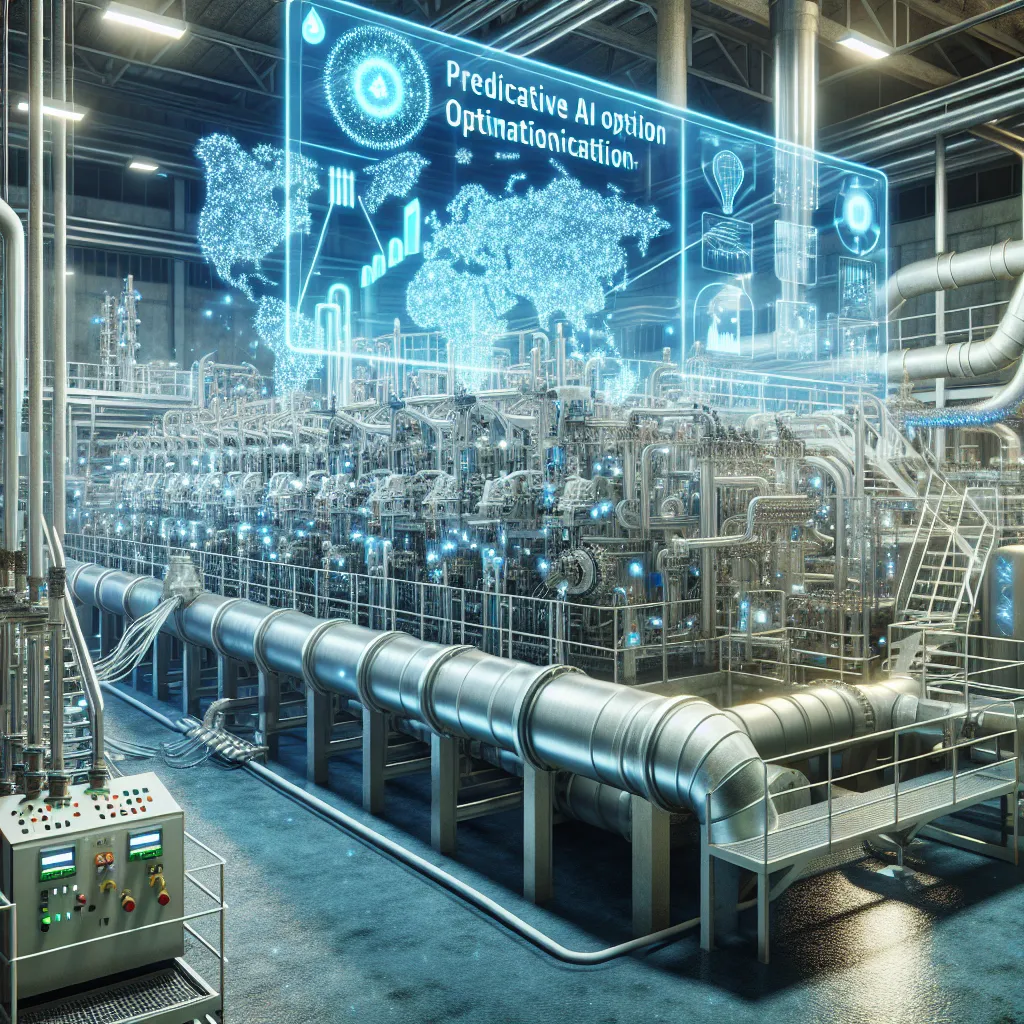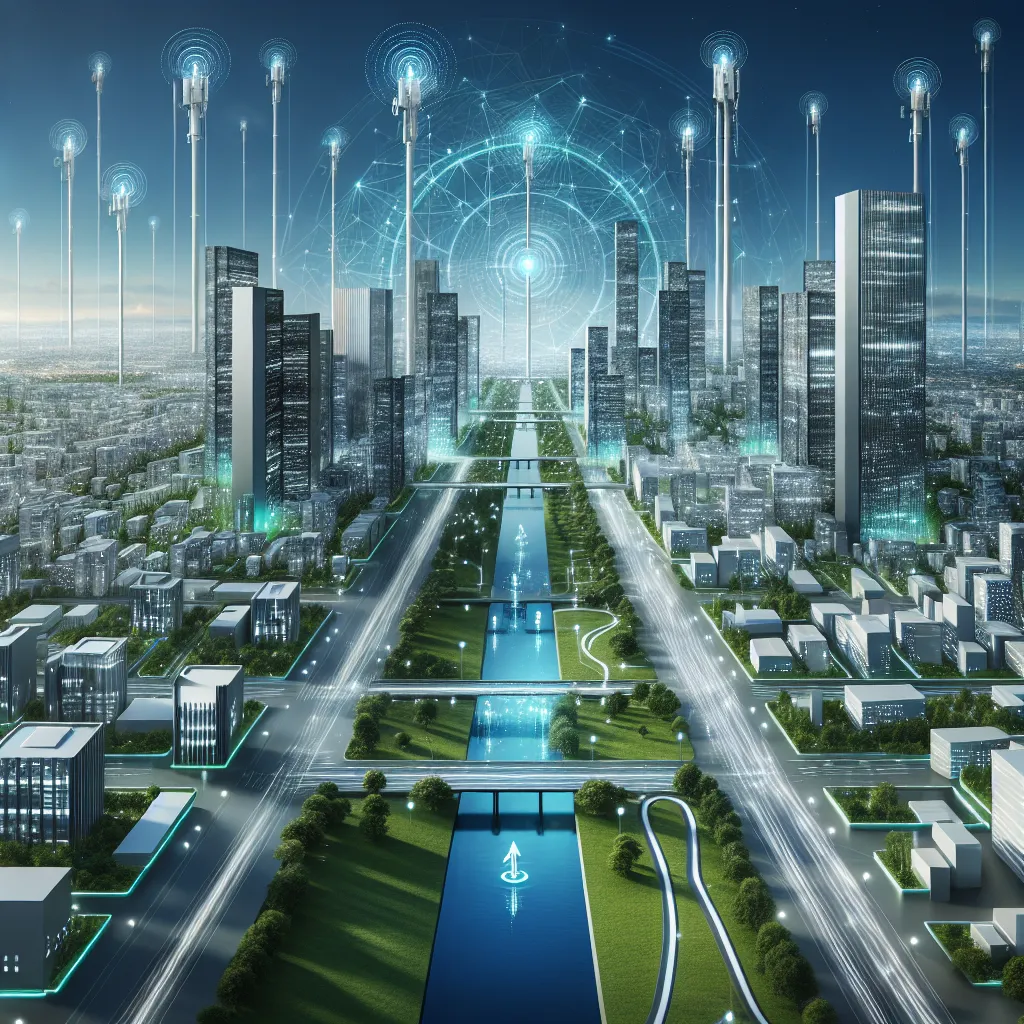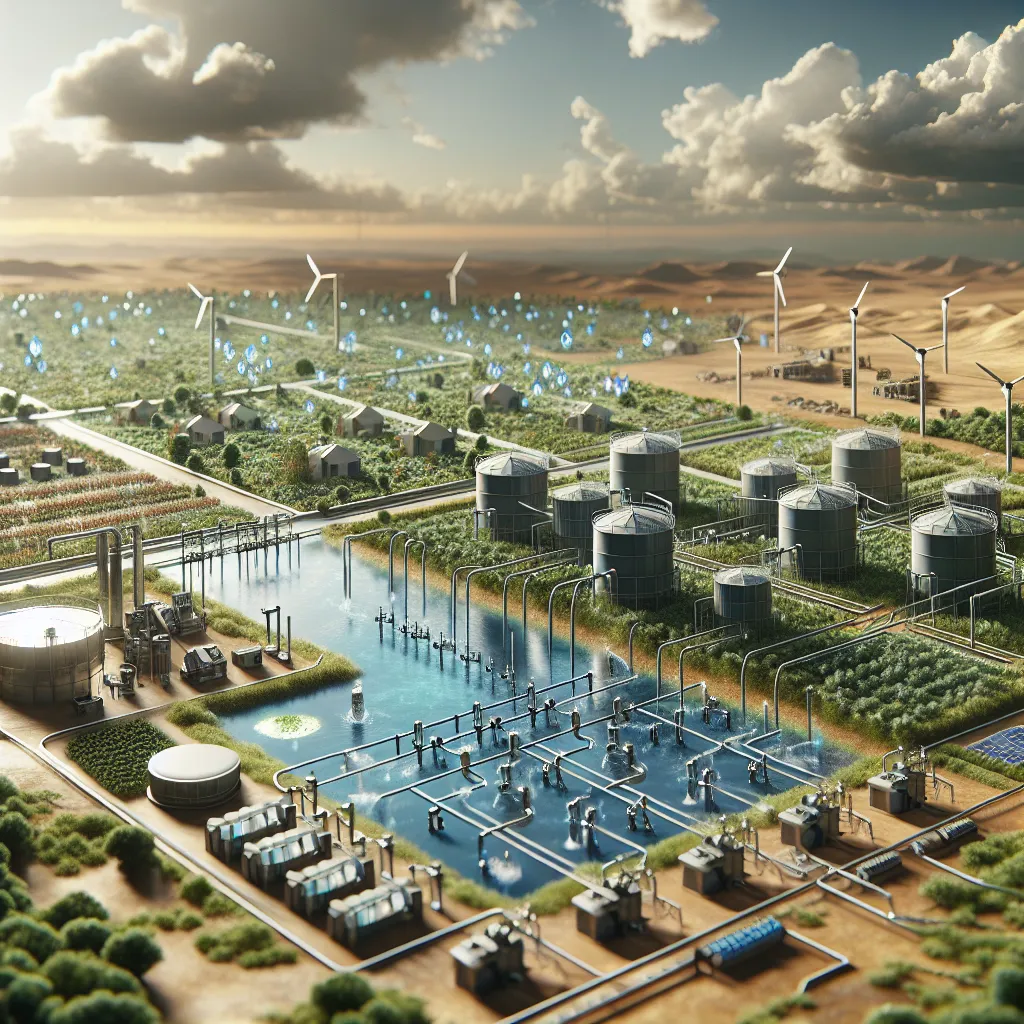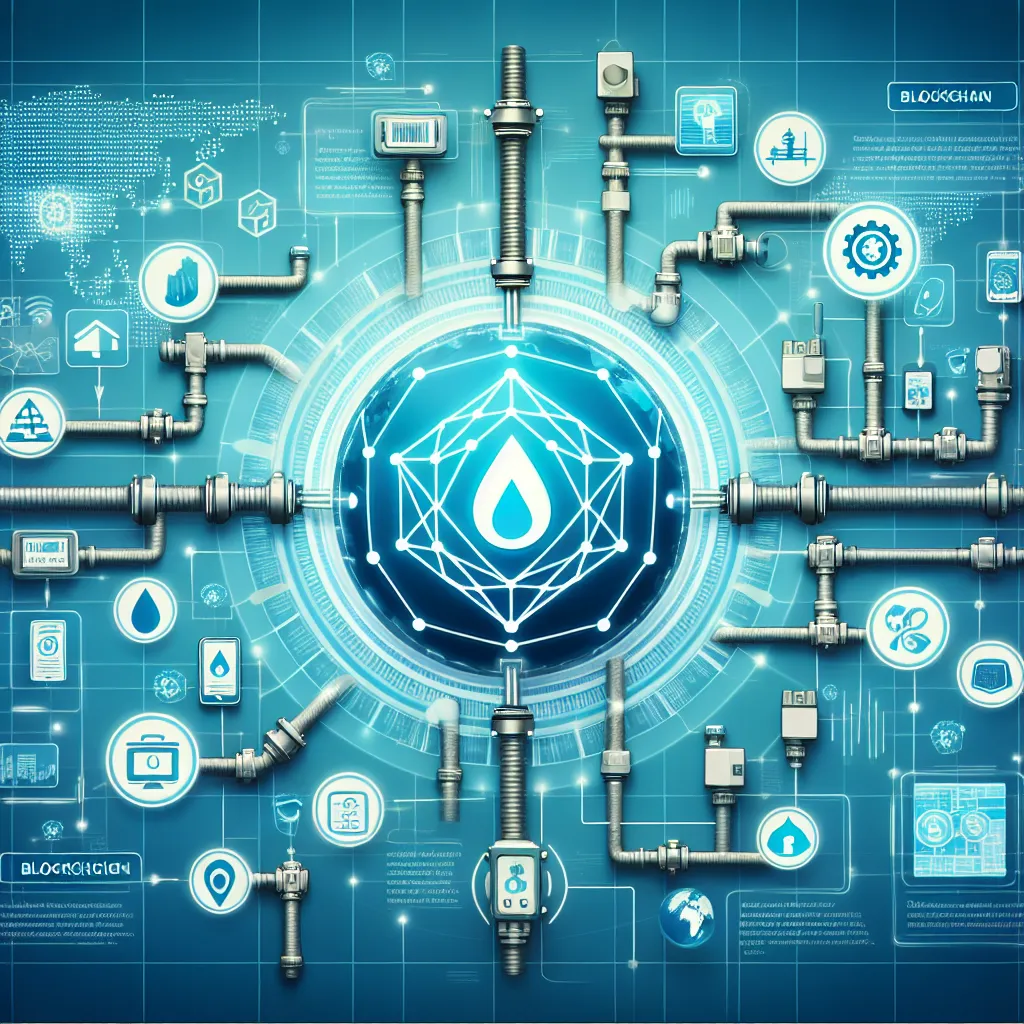Baca dalam Bahasa Indonesia Understanding Non-Revenue Water and Its Challenges
Water is an essential resource, yet many regions worldwide face significant challenges in managing this precious commodity. One of the most pressing issues is Non-Revenue Water (NRW), which refers to water that is produced but not billed to customers. This can result from various factors, including leaks, theft, meter inaccuracies, and administrative errors.
The problem of NRW is particularly pronounced in developing nations, where water utilities struggle with aging infrastructure, limited resources, and increasing demand.
[Read More]










